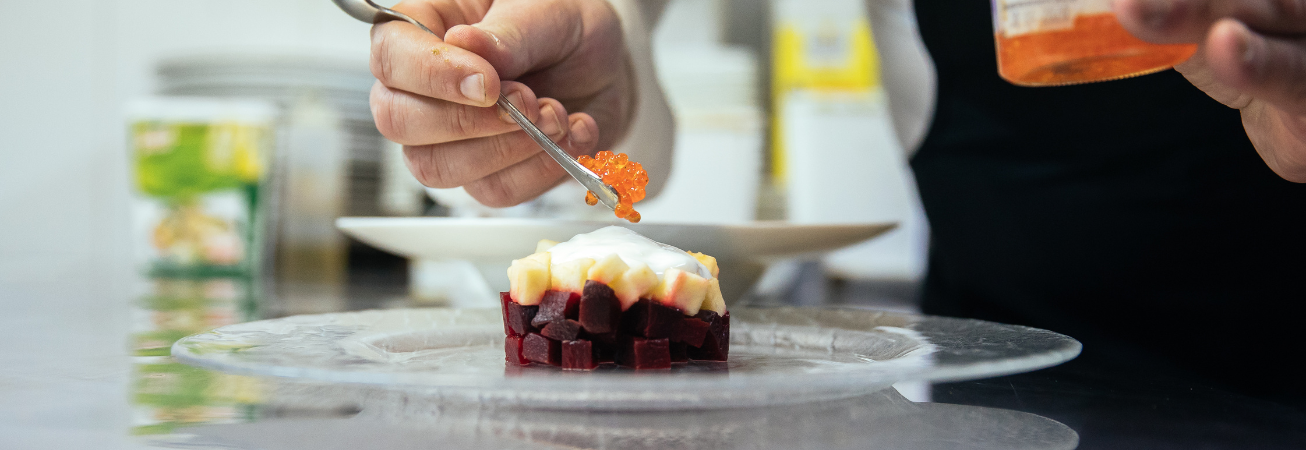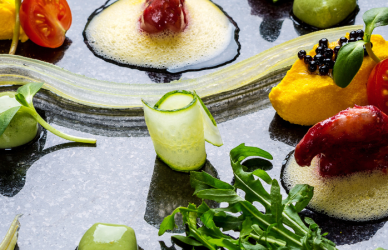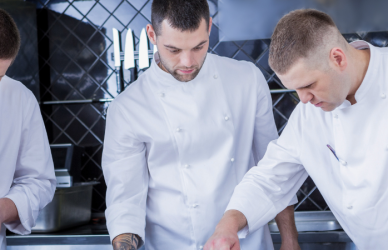Introduction
When people think of German cuisine, the first beverage that comes to mind is almost always beer. And while it’s true that Germany boasts a rich brewing tradition, there’s a whole world of food and drink pairings beyond beer that’s gaining momentum across the country.
From crisp Rieslings that elevate pork dishes to artisanal schnaps that complement rich desserts, the German dining experience is becoming more refined, adventurous, and diverse. It’s time to look beyond the stein and discover how the right pairing can transform your meal.
Why Pairing Matters in German Cuisine
Pairing food and drink is about more than taste—it’s about balance, enhancement, and harmony. A bold dish may need an acidic wine to cut through its richness, while a light entrée may benefit from a delicate cider that mirrors its freshness.
In Germany, where dishes often center around robust meats, pickled vegetables, or creamy sauces, choosing the right drink can elevate the dining experience. Sommeliers and chefs across the country are now rethinking pairings with local wines, craft spirits, and even fermented drinks like kombucha.
Wine Regions Offering Perfect Pairings
Germany is home to some of the world’s most acclaimed wine regions—each offering unique pairing potential with regional foods.
Moselle & Riesling – A Match Made in Culinary Heaven
The Moselle region is world-famous for its Riesling, a white wine that’s versatile, bright, and beautifully acidic. It pairs perfectly with:
- Sauerbraten (marinated beef roast)
- Pork dishes with apple or mustard sauces
- Fish like trout or herring
Its acidity cuts through the richness of sauces, while its fruitiness balances out tangy or sour ingredients.
Rheingau & Spätburgunder – For the Red Wine Lovers
The Spätburgunder (German Pinot Noir) from Rheingau or Baden works wonderfully with:
- Venison or duck
- Roasted root vegetables
- Mushroom-based dishes
This red wine has subtle tannins and earthy notes that align well with autumnal German flavors.
Schnaps, Ciders & Non-Alcoholic Pairings
Artisanal Schnaps
Forget the fiery, throat-burning schnaps of student parties. Modern German distilleries are producing craft schnaps made from fruits, herbs, or nuts. Pairings include:
- Hazelnut schnaps with chocolate-based desserts
- Plum schnaps with pork or liver pâté
- Apple schnaps with cheese platters
These spirits offer strong aromas and complex finishes, ideal for sipping—not shooting.
German Cider (Apfelwein)
In Hesse and surrounding regions, Apfelwein (apple wine) is a staple. Tart and refreshing, it pairs beautifully with:
- Sausages and sauerkraut
- Cheese spreads like Obatzda
- Hearty salads with pickled vegetables
It’s also a great alternative for those who prefer lower-alcohol options.
Kombucha & Fermented Alternatives
A rising trend in Berlin and Hamburg is the pairing of craft kombucha with vegan or fusion dishes. This non-alcoholic, probiotic-rich drink offers:
- Natural acidity
- Subtle sweetness
- Complex, tea-like aromas
Popular pairings include:
- Vegan schnitzel
- Avocado toast with pickled onions
- Spicy currywurst
Restaurants Leading the Pairing Innovation
Some of Germany’s top restaurants are moving past traditional pairings and embracing creativity.
- Nobelhart & Schmutzig (Berlin) offers wine pairings focused solely on German terroir.
- Horváth (Berlin) curates seasonal non-alcoholic pairings with each tasting menu.
- Villa Merton (Frankfurt) offers cider and schnaps flights that match each course.
By exploring diverse beverage options, these establishments expand the possibilities of German gastronomy.
Conclusion
Germany’s food scene is evolving—and so are its drink pairings. While beer remains iconic, a new generation of chefs, sommeliers, and food lovers is discovering the joys of wine, schnaps, cider, and kombucha alongside traditional and modern German dishes.
These pairings don’t just complement the food—they tell stories of regions, seasons, and craftsmanship. Whether you’re sipping Riesling with roast pork or pairing kombucha with a veggie bowl, Germany’s culinary experience has never been so rich, refreshing, and diverse.





